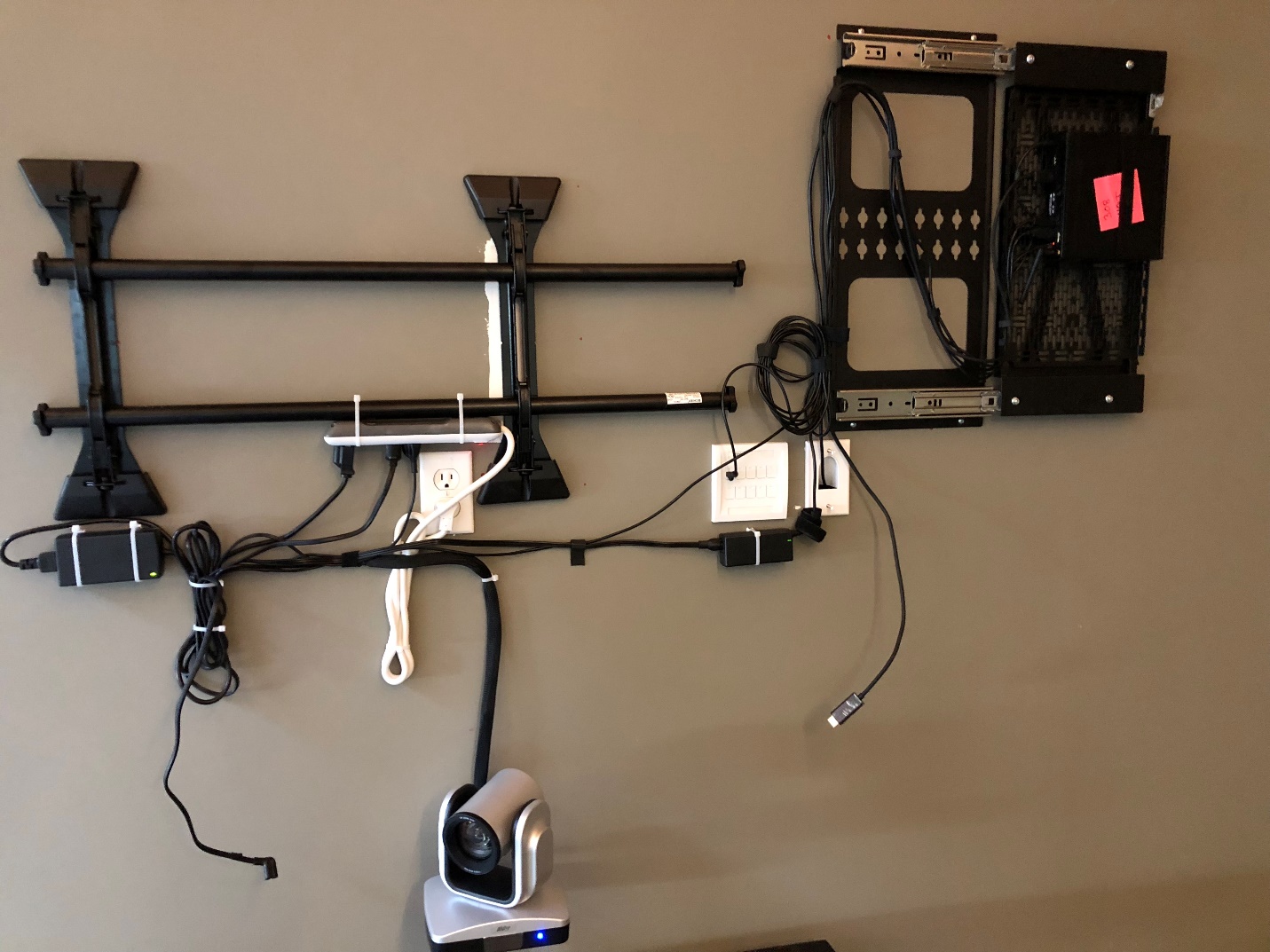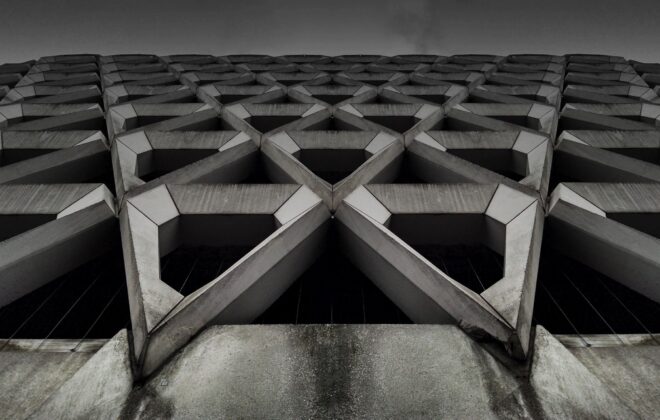Why you need an AV Technician in 2022
Sitting in your conference room, that just cost $60,000 to install. You realize the team who completed the install was your existing VAR who has no in-house AV Technicians. The camera mounted above the TV is looking down on your table like a sky cam. The display is mounted so high in the room and off-centered that your neck hurts from staring at such an awkward angle and the controller that was installed doesn’t have the right software loaded so all you see is the error screen. Why didn’t you hire a professional audio visual technician? This article is helping to explain the role of an audio visual technician the certain requirements you should expect after an installation is completed.
AV Design work is the most important part of a successful AV install. If the systems aren’t designed correctly and the correct hardware isn’t ordered, then your AV install team is setup for failure. If you’d like to learn more about what a good Zoom Room Design looks like see here: https://macronetservices.com/unified-communications/zoom-room-design/
 Typically during an AV Design process your team will have 2-6 meetings with a CTS-D certified AV Design Engineer who will provide you with a scope of work and bill of materials stating what equipment you will be purchasing and how the equipment will be integrated in your conference room to provide your team with the desired Video Conferencing Experience. Once you sign off on that bill of material and you move forward with the recommended solution, your team will be handed off to the project manager and project engineer who will be coordinating the installation timeline and AV Design drawings for your team to ensure that you have the correct infrastructure in the room prior to the AV Install team coming in and installing the hardware. The infrastructure includes electrical, low voltage, conduit, plywood backing (for mounting displays), and furniture.
Typically during an AV Design process your team will have 2-6 meetings with a CTS-D certified AV Design Engineer who will provide you with a scope of work and bill of materials stating what equipment you will be purchasing and how the equipment will be integrated in your conference room to provide your team with the desired Video Conferencing Experience. Once you sign off on that bill of material and you move forward with the recommended solution, your team will be handed off to the project manager and project engineer who will be coordinating the installation timeline and AV Design drawings for your team to ensure that you have the correct infrastructure in the room prior to the AV Install team coming in and installing the hardware. The infrastructure includes electrical, low voltage, conduit, plywood backing (for mounting displays), and furniture.
Once your infrastructure is in-place and you are ready to complete the AV installation, you will coordinate an install date to occur after the network has gone live. The AV Installation team will received pallets of equipment which will be asset tagged with the appropriate conference room name on the box. All the equipment will be moved to the conference room where it will be unboxed and looked over to ensure that nothing was broken in-transit.
The equipment is now ready to be installed following the AV Design Drawing set provided by the AV Design team. The AV Technician will first run cabling to all the right locations on where the equipment will be located. They will then install brackets for hardware, properly tag the wires going into the hardware, terminate the cables into the hardware and ensure all devices are powering on properly. If something isn’t properly working your AV Technician will work in collaboration with your IT Team to fix any problems related to network or power connectivity. Once the devices are receiving network and power then they are programmed by the technician onsite or by the support of a remote engineer.

Here is what a room looks like when the AV Equipment is properly run behind the display
The AV equipment is now ready to be tested and tuned to ensure the microphones are setup properly, the speakers are balanced and cameras are pre-set. The devices are then signed into the proper video conferencing accounts and all equipment will be documented with the correct IP, MAC, and other device information. The room will then be tested by someone remotely who will confirm that the mic sounds good, the cameras are working well, and the speakers are outputting sound evenly across the space.
We have been working with the same customers for years helping them install hundreds of conference rooms across many different offices. We’ve found that if you are able to develop the right partnership between your IT, Workplace, and AV Integrator to deliver a consistent and reliable video conferencing experience across all your spaces that this will provide your team with the best value. Our recommendation is to never go with the cheapest AV solution and definitely not the cheapest AV labor. Just like when buying your next pair of shoes, you get what you paid for.
Recent Posts
- The Agent Communication Protocol (ACP) and Interoperable AI Systems
- How Laser Satellite Communication Breakthroughs Compete with Starlink
- AI-Powered Humanoid Robots: Transforming Business, Homes & Connectivity
- Top IT & Network Design Consultants in Boston and New England: Macronet Services
- Top AI Consultants in New England: Why New Hampshire’s Macronet Services Shines in Boston and Beyond
Archives
- July 2025
- June 2025
- May 2025
- April 2025
- March 2025
- February 2025
- January 2025
- December 2024
- November 2024
- October 2024
- September 2024
- August 2024
- July 2024
- June 2024
- May 2024
- April 2024
- March 2024
- February 2024
- January 2024
- December 2023
- November 2023
- October 2023
- September 2023
- August 2023
- July 2023
- June 2023
- May 2023
- April 2023
- March 2023
- February 2023
- January 2023
- December 2022
- November 2022
- October 2022
- September 2022
- August 2022
- July 2022
- June 2022
- May 2022
- April 2022
- March 2022
- February 2022
- January 2022
- December 2021
- November 2021
- October 2021
- September 2021
- August 2021
- July 2021
- June 2021
- May 2021
- April 2021
- March 2021
- December 2020
- September 2020
- August 2020
- July 2020
- June 2020
Categories
- All (19)
- Satellite (1)
- Artificial Intelligence (4)
- Travel (1)
- Sports (1)
- Music (1)
- News (271)
- Design (3)
- Clients (12)
- Uncategorized (1)
- Tips & tricks (25)
- Inspiration (9)
- Client story (1)
- Unified Communications (196)
- Wide Area Network (308)
- Cloud SaaS (60)
- Security Services (71)




